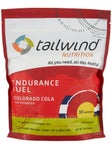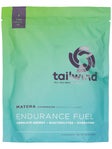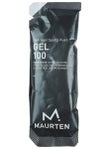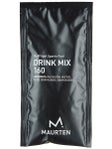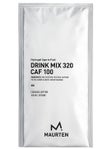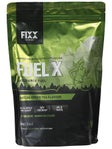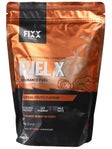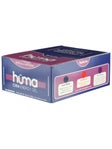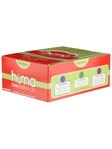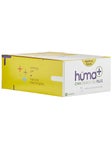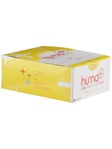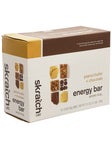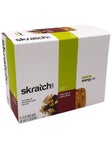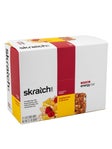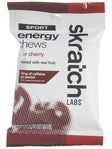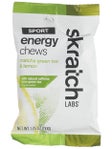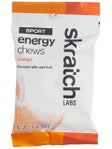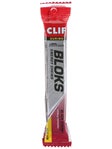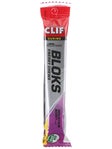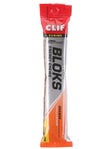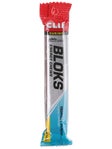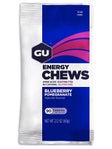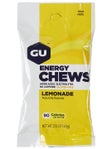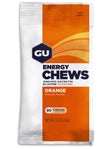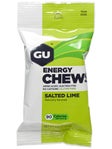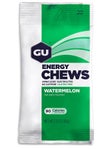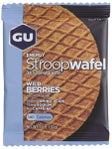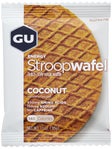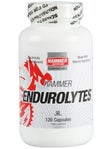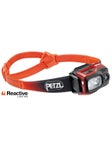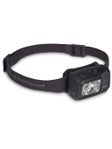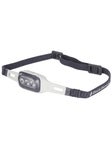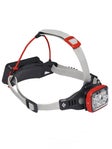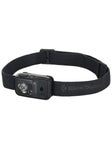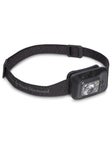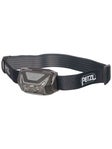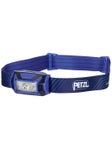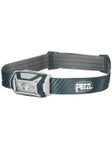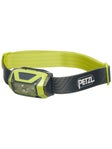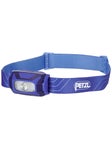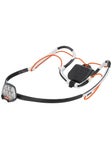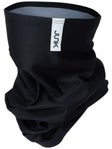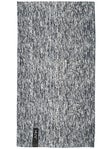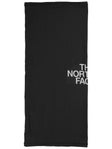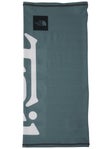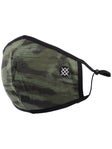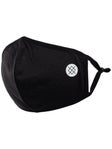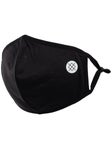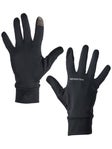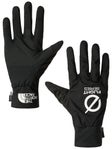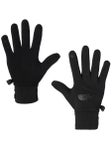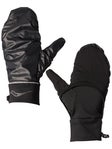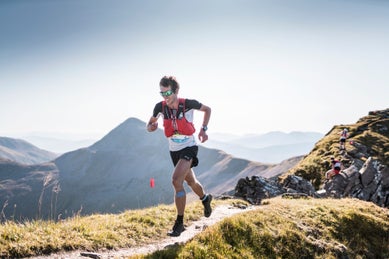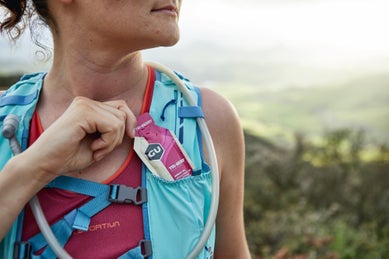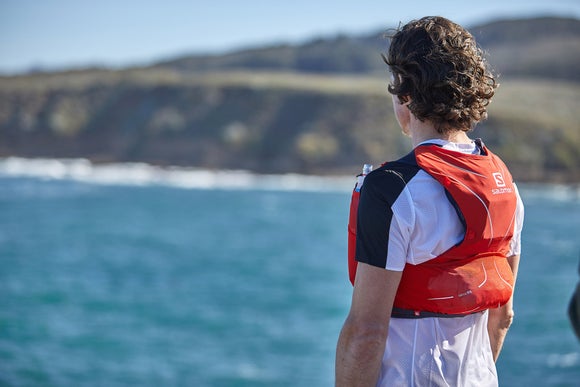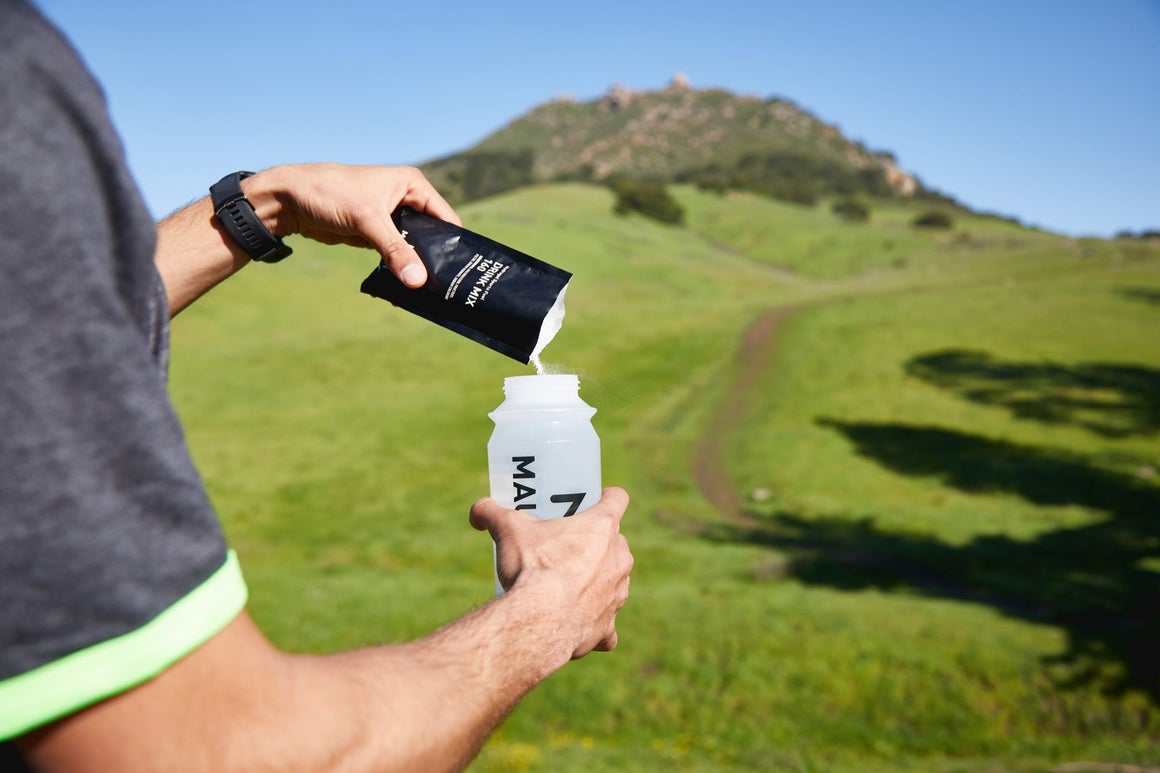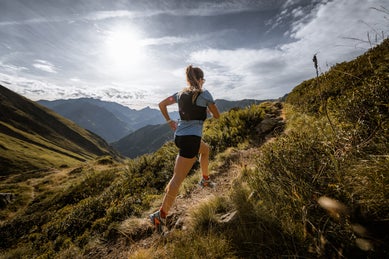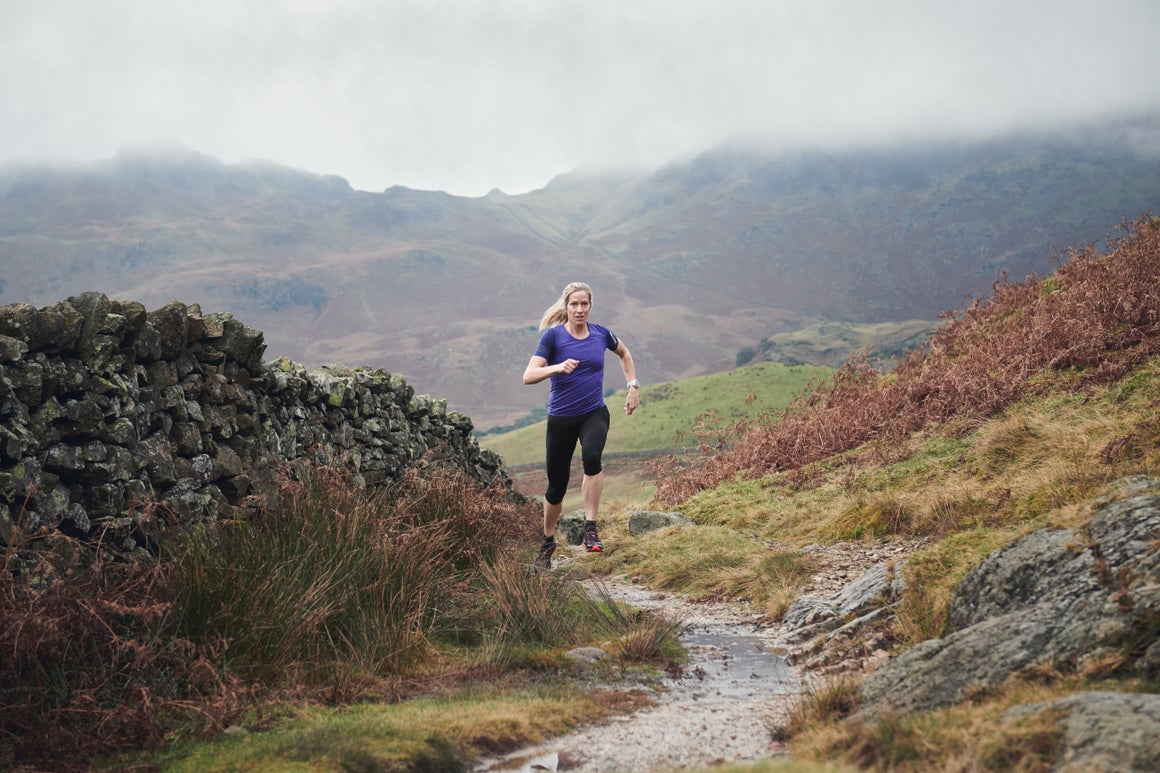Ultra Trail Running
Gear Recommendations
With lots of Ultra running trail races throughout the year, it's important that you are up to date and prepared for your event. Learn more about all the mandatory running apparel and gear needed for most ultra marathons in Australia.
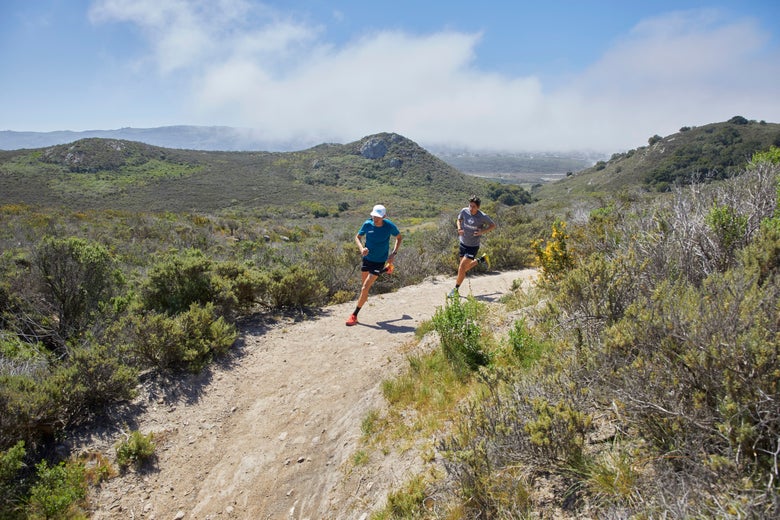
Due to the extreme nature of the races, ultra marathons generally come with a very extensive and mandatory gear list that all participants must follow. Some events have strict regulations require that all participants receive an obligatory gear check before the race. Additionally, runners can be stopped at any time during the race to verify that they are carrying the required items on the mandatory equipment list.
Basic Apparel Requirements
When push comes to shove, a runner's apparel is just as important as a cricket player's helmet when they are up against the unforgiving trails. With the required equipment below, runners will have the basics they need to stay safe throughout their race.
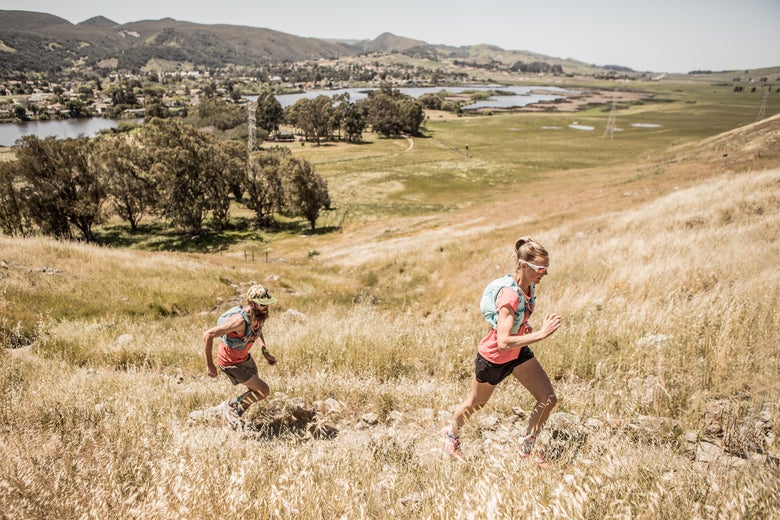
Thermal Long Sleeve Top and Long Leg Pants
With varying elevation and many runners who also race through the night, it is important to have an additional warm layer to further protect runners from the cruel conditions. All runners are to carry a thermal long sleeve shirt and thermal long leg pants during the duration of the run. This layer must be made from high performance synthetic materials to wick away moisture. All cotton fabrics are forbidden.
Waterproof Jacket
Given the dramatic elevation changes and overall variability of the weather one can encounter throughout the race, runners must carry a jacket. Specifically, this jacket must be made of a waterproof and breathable membrane with sealed seams, as well as a hood. This garment is crucially important for keeping runners dry, and more importantly warm, throughout the entirety of the race and can be the difference between finishing or needing to drop out early.
Basic Accessory Requirements
Along with basic apparel and shoe requirements, there are a few accessories that runners are required to carry to help them complete the events. These additions may seem small, but they can have a big impact on the success of your race.
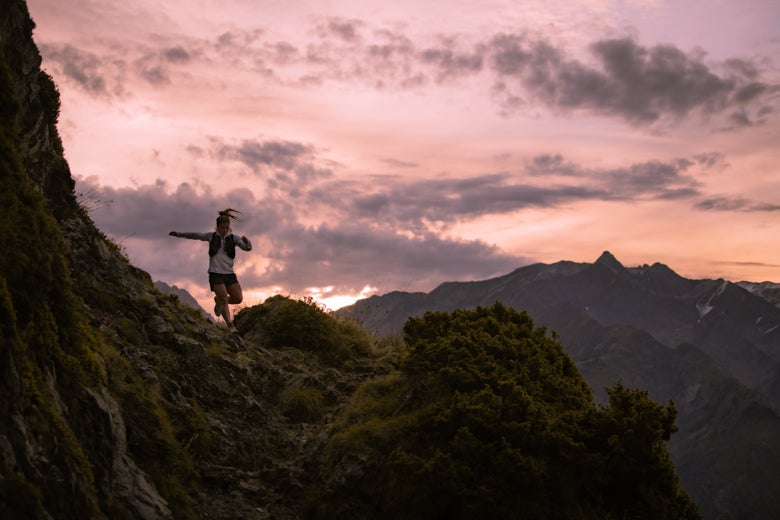
Hydration and Nutrition
Supply of Water
Runners are required to carry 1 litre minimum of water. This can be stored in whatever vessel the runner chooses, whether bladder or bottle.
Personal Cup
Each runner must bring their own cup to use at aid stations. This cup must be at least 150 ml in volume and cannot have a lid.
Food Reserve
In case of emergency, it is recommended that runners carry at least 800 kcal worth of nutrition (about two gels plus two bars)
Two Forms of Lighting
Each runner should carry a headlamp bright enough to see the track and the course markings during the night. The headlamp must be fully charged with spare batteries, and in addition runners must carry a small backup light in case of headlight failure.
Bandana or Buff
Due to the increased sun exposure at higher altitudes, race participants are required to bring their preferred form of head protection. Runners can carry a bandana or buff to meet this requirement.
Gloves
Having cold hands can be an early sign of dropping internal body temperatures, not to mention an uncomfortable distraction while running for extended durations. This is why runners are required to carry warm, waterproof full-fingered gloves.
Essential Equipment and Gear
In addition to apparel items, there is required gear and equipment that all runners must carry to run. Theses items are not required, but runners will undoubtedly appreciate having these essentials at the ready.
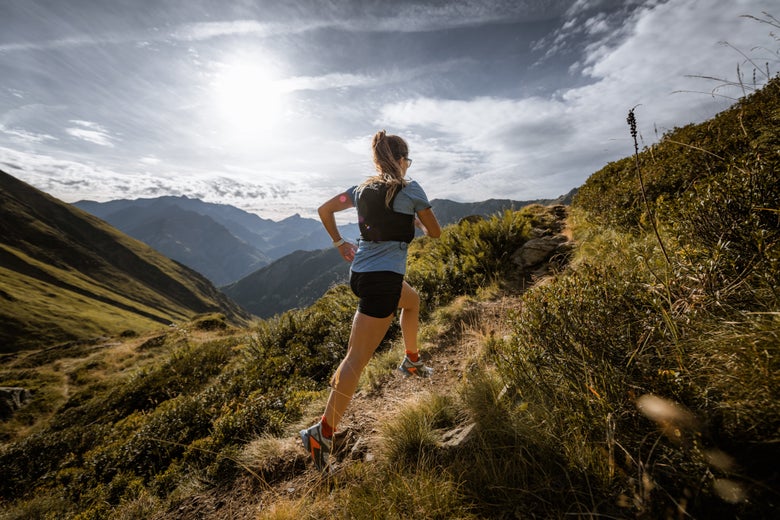
Packs
Participants are required to use a pack or belt that can hold all of their required equipment. It is important to choose a pack that fits properly and that will be comfortable while traversing long distances. Again, this pack must be able to hold ALL other required gear, so make sure to test things out before your race.
Supply of Water
Runners are required to carry 1 litre minimum of water. This can be stored in whatever vessel the runner chooses, whether bladder or bottle.
Personal Cup
Each runner must bring their own cup to use at aid stations. This cup must be at least 150 ml in volume and cannot have a lid.
Food Reserve
In case of emergency, it is recommended that runners carry at least 800 kcal worth of nutrition (about two gels plus two bars)
Safety
If you are an avid trail runner, you are already aware of how unpredictable, and potentially dangerous it can be to run in tough weather conditions of Australia. Because of this, all runners are required to carry a few additional accessories to help keep them safe throughout the race, including:
- Self-adhesive elasticated bandages with a minimum size of 2.5 m x 7.5 cm
- A whistle
- Identification (Passport or ID card)
- Emergency space blanket
- A mobile phone that must be turned on at all times and can roam internationally
Trail Running Shoes
Trail running shoes provide the safety, protection, and durability needed to tackle the unpredictable Australian terrain you will encounter when you venture off the beaten path during your ultra race. Trail shoes typically have deeper, more pronounced lugs on the outsole than road running shoes, providing more traction between your foot and the ground.
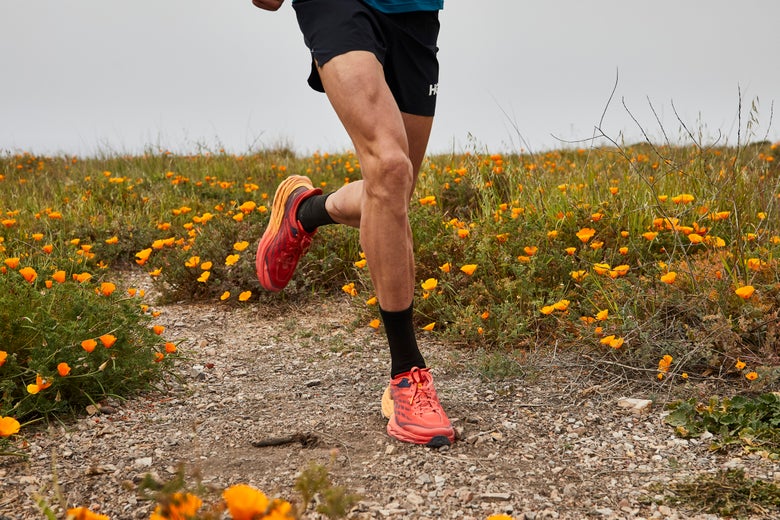
Weather-Related Gear Recommendations
To prepare runners for any weather that the trail can throw at them, these additional pieces of gear can be added in response to hot or cold weather alike.
Hot-Weather Gear
When the weather is hot, race officials may recommend any of these items:
- Sunglasses (can also double as protective eyewear in cold weather)
- Drape or sunhat or any combination which completely covers the head and nape of the neck.
- Sunscreen - Recommended minimum 50 SPF
- Supply of water - 2 litres minimum
Cold-Weather Gear
On the other side of the spectrum, when weather conditions are cold, race officials may deem any of these items as required.
- Protective eyewear (can double as hot-weather eyewear)
- Third warm layer - This is a jacket or fleece to go between the second layer and the waterproof jacket.
- Recommended - Fleece or compressible down jacket














